You're a writer. You want to write a story—but for whatever reason, you're not inspired right now. Or maybe you are, but you just can't think of a story idea that really interests you. You need some strategies that can teach you how to come up with story ideas.
And you'd like to use these ways to come up with story ideas consistently, even if it isn't a single big book idea.
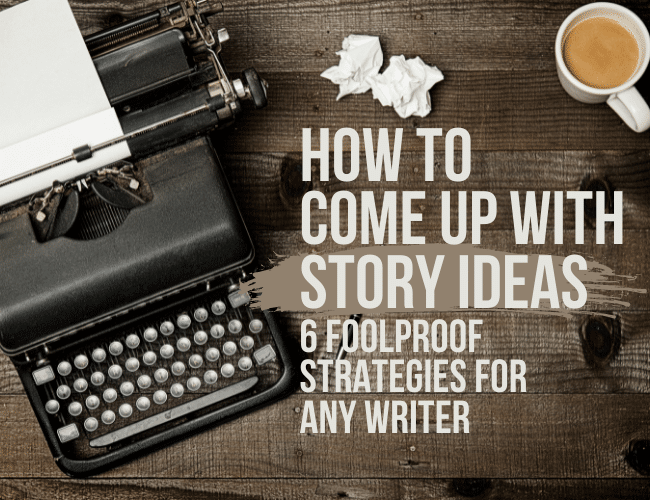
Creative writing is like a muscle: use it or lose it. Coming up with ideas is part of the development of that muscle. And boy, do you have to come up with a lot of ideas if you’re going to be a short story writer.
In this article, I’m going to show you different strategies for coming up with ideas for short stories and how to train your mind to continuously come up with ideas.
Why Finding Ideas Helped Me Write Consistently
When I was first starting out, I didn’t write consistently. Partly because I didn’t know a writing habit was a necessity to be a writer, and partly because I wasn’t trying to “become” a writer at the time. But mostly I wasn’t writing consistently because I didn’t have story ideas consistently.
When I started getting my short stories published, that changed. After that first publication, I got the bug, as they say. I needed to see my words in print, and I needed to see them often. Feeding that high required me to churn out short story ideas pretty much constantly.
I’ve probably written at least a hundred short stories at this point. Not all of them are good. In fact, most of them aren’t. A lot of them didn’t make it past the first draft stage because the story idea wasn’t great and they just fell off.
But it doesn’t matter that they weren’t all winners. What matters is writing all those stories trained my brain to watch out for story ideas consistently.
It wasn’t always easy. I struggled to come up with ideas in the beginning. But as I said, writing is a muscle. It takes time to get that muscle really beefed up.
To exercise my brain, I use these six strategies.
6 Ways to Come Up with Short Story Ideas
Below are six of my favorite ways to come up with short story ideas. They are in two categories: active and passive.
- Active meaning you intend to write a short story and you need an idea now.
- Passive meaning an idea is not an emergency.
If you’re new to short story writing, I’d suggest focusing on the active strategies for a while. The passive strategies are what you're really looking to master, but these will develop over time. Mastering these are how you train your brain to shoot out ideas continuously.
Remember as you look through these strategies, that the key to everything here is a notebook, a note-taking app, or something of the kind. All the ideas in the world mean nothing if you don’t remember them when it comes time to sit down and write!
1. Prompts
Strategy: Active
The most obvious way to come up with ideas for stories is to look at writing prompts. They’re everywhere. Google and you’ll find lists and lists and more lists. We have some here and we also post a couple a week on our social sites. There are prompt books, prompt games, prompt newsletters. There is no shortage of writing prompts out there. There are even story idea generators, like this one.
Want to get started now? Choose a writing prompt below and start writing!
- A middle-aged woman discovers a ghost in her house.
- A long journey is interrupted by disaster.
- A young woman falls in love with a person she's never met in real life.
- A talented young man’s deepest fear is holding his life back.
- A young prodigy becomes orphaned.
Some writers feel like writing from a prompt won't produce an original story, but that's nonsense.
You'll notice a couple of the prompts above might remind you of famous stories. That doesn't matter! Prompts are the basic idea of a story. The writer is what makes it original.
A hundred writers given the same prompt will come up with a hundred different stories. The thing that makes a story unique is you!
2. Writing for a call
Strategy: Active
Many short story anthologies and magazines are themed, and will advertise when they are open for reading submissions. They’ll often give a specific prompt. (Again, prompts don't mean you end up with the same story as someone else.)
Writing for one of these “calls” is a great way to get ideas for short stories. You also know exactly where you’re going to send the story when you submit, so you don’t have to spend a lot of time finding a home for it. I have more on this strategy in my How to Publish a Short Story blog series.
I'd suggest doing some research online for anthologies and magazines that publish your genre. Keep an eye on those places by signing up for their newsletter if they have one, or at least checking in to see what they're accepting once a month.
There are also places online that do some of the work for you and gather calls for submissions across the internet. Here are a few of my favorites:
- Horror Tree. This one isn't just for horror! (It used to be, but they've exploded in the past several years and have really branched out.)
- Submittable. If you're not already familiar with Submittable, you will be very soon after becoming a short story writer. The basis of this company is to provide a space for anthologies, magazines, and indie presses to accept submissions. You will be dealing with them at some point when you're getting your work out there. A few years back, they started posting calls for submissions as well.
- The Grinder. I've been using this tool for years. Not only do they post calls for submissions (in a really great searchable way), but they're also a tool for tracking your submissions.
3. People Watch
Strategy: Active OR Passive
People watching is the all-time winner for writers when trying to come up with ideas. You'll see a lot of writers sitting around in coffee shops with their laptops. They're not just writing; they're spying.
Characters (and stories) don't come from a vacuum; they come from the writer's real life experiences. People, events, family life, it all gets stitched together to make a story.
I’ve dubbed people watching as active or passive simply because when you’re first starting out, this strategy will be more active. You’ll specifically be watching and listening to conversations in order to come up with ideas. After a while, your brain will automatically be “tuned in” to what’s around you and this will come naturally. You’ll catch a snippet of conversation walking by someone in a store and boom! Brilliant story idea.
The next time you’re out in public (or just looking out your window as people pass by), pay attention. Be present and watch your surroundings. There are tons of ideas surrounding you.
Need practice people watching? Try paying attention to these things the next time you're in public:
- What are people wearing? Description is important, even in short stories. If you're like me, you live in leggings and t-shirts and are totally unaware of what fashion is. I wouldn't be able to write a teenager if I didn't go out and see what teenagers were wearing.
- How do they act when they think no one is watching? This is by far the most amusing thing to watch out for. People are weird, let's just leave it at that. Go see for yourself.
- How do they act when people are watching? How do they interact with each other?
- What are their mannerisms when having a conversation? You have to have action beats to break up dialogue in stories. If you want to stay away from just saying “she smiled” over and over, you'd better bone up on some other action beats.
- What are they talking about and how are they talking? I don't want you to go over and sit with them, but try to pay attention to their conversation if you can. And don't forget to take note of slang, dialect, and accents!
People can make a great source of inspiration if you let them!
Obviously, you can't be taking notes over every little thing every time you're out in public. You have things to do after all. But after a while, your mind will start to take note of things that pop out. In the beginning (or if you're actively looking for a source of inspiration), you'll need to pay careful attention to the things I listed above.
Eventually, you won't have to all the time. In reality, a story idea doesn't have to come from a “true story” you witnessed or an entire conversation you overheard. Snippets will do.
Years ago I was at a Lewis Black show and he did a bit about overhearing a snippet of conversation. He said he was passing someone who was talking to her friend and heard this:
“If it weren't for that horse, I wouldn't have gone to college that year.”
Now, he's a comedian, so this inspired a good five minutes of jokes about how he couldn't stop thinking about this. It's been years since I've seen the show and I can't stop thinking about it. The sheer amount of directions you could go with a story to explain how that sentence comes about is mindboggling.
Keep your eyes and your ears open (and a notetaking tool on hand) and you'll get plenty of passive inspiration as you go about your day.
4. The What If Question
Strategy: Active OR Passive
The What If Question is my absolute favorite way to come up with ideas for short stories. This strategy is pretty much what it sounds like: What if X were to happen?
This is another active or passive strategy. As I’m sitting here writing this, I can actively think of things that might happen around me.
- What if an alien spacecraft landed in my backyard?
- What if someone knocked on my door?
- What if my roof caved in?
- What if I got a phone call telling me I won a prize?
This is me actively looking around in my real-life personal experience for a source of inspiration. This is me teasing a decent idea out of my mundane surroundings. I'm forcing myself to look around and come up with something that might work as a story.
The passive side of the What If Question probably already happens to you. You probably ask What If? questions naturally.
As a writer, you need to take this one step further and train yourself to pay attention when you think these things. And if this doesn't come naturally to you, practice! Take everyday life experiences and spin them in a new direction with the What If Question.
For example, you might see someone walking along, looking at their cell phone and you think: What if they walked out into the street without realizing it? You can probably picture the outcome, right? But you also probably have those kinds of thoughts daily and don’t pay much attention to them.
Train yourself to pay attention, to bring those fleeting thoughts to the forefront of your mind and play with them.
5. Move Your Body and Don't Think
Strategy: Passive
One thing I’ve noticed over the years is a lot of writers get ideas while taking a walk. Whether they’re blocked on a project or are just brainstorming ideas, walking seems to be the key to successfully writing. (Stephen King, to give a famous example, has said he walks several miles every day.)
I go for a walk most days. (Preferably outside, but I live in Ohio, so that’s not possible a good portion of the time.) I’ve come up with dozens of story ideas while walking. I’ve also come up with dozens of story ideas while doing yoga. There's something about the mundane movements of your body that frees your mind to wander.
So if you want a brilliant story idea or just need to get out of a bout of writer's block, take a hike, literally. Busy your body and turn your active mind off.
Not into exercise? I hear you. The cool thing about this strategy is you don't necessarily have to do something super physical for it to happen. You can also do something else mundane that doesn't require much thought.
Try one of these when you're trying to keep your body busy and your mind off:
- Walking
- Yoga
- Chores (laundry, dishes, and gardening work great)
- Coloring
- Origami
Really anything will work as long as you're not intaking information in the process of doing the thing.
6. Read
Strategy: Passive
I can’t tell you how many times new writers have told me they don’t read, mostly because they don’t have time.
Here’s the thing: you can’t—I repeat CANNOT—be a writer if you don’t read.
Not only are you studying the craft just by reading, you’re getting ideas.
Sometimes you’ll be reading something and think you can do it better. Sometimes a phrase or word will trigger a brilliant story idea.
If you’re reading nonfiction books on the writing craft, you’ll often have an epiphany. If you’re reading in your genre (and you should be reading the genre you’re writing), you’ll get ideas to mash up, turn upside down, flip around, stretch out, and smoosh down. If you’re reading outside your genre, you could see a way to take a similar story and push it into your genre.
In short, read. Read everything. And then read some more.
If you're stumped about what books to read, try Goodreads, asking your librarian for suggestions based on your favorite books, or join a book recommendation newsletter or book club. (We have one, by the way. You can sign up here.)
Ideas are everywhere
As I said at the beginning of this article, creative writing is a muscle you need to use consistently. Otherwise, it fades away. In order to use that muscle, you have to have ideas.
Coming up with ideas isn’t always easy, especially when you’re starting out. If you're new to short story writing, start by using the active strategies above to get used to coming up with ideas. I promise, after a while, your brain will learn how to do this on its own and you’ll have too many ideas to write!
And don’t forget to carry around a notebook!
How do you come up with short story ideas? Let me know in the comments.
PRACTICE
For today’s practice, you have two options.
- Option #1: Go here, choose a prompt, and get to writing. Write for fifteen minutes.
- Option #2: Go for a walk and practice thinking of ideas. Settle on one and write about it when you come back. Write for at least fifteen minutes.
When your time is up, share your practice in the Pro Practice Workshop. And after you post, please be sure to give feedback to your fellow writers.
Happy writing!
Sarah Gribble is the author of dozens of short stories that explore uncomfortable situations, basic fears, and the general awe and fascination of the unknown. She just released Surviving Death, her first novel, and is currently working on her next book.
Follow her on Instagram or join her email list for free scares.
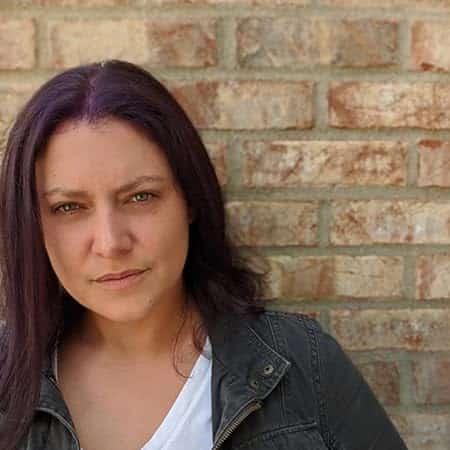
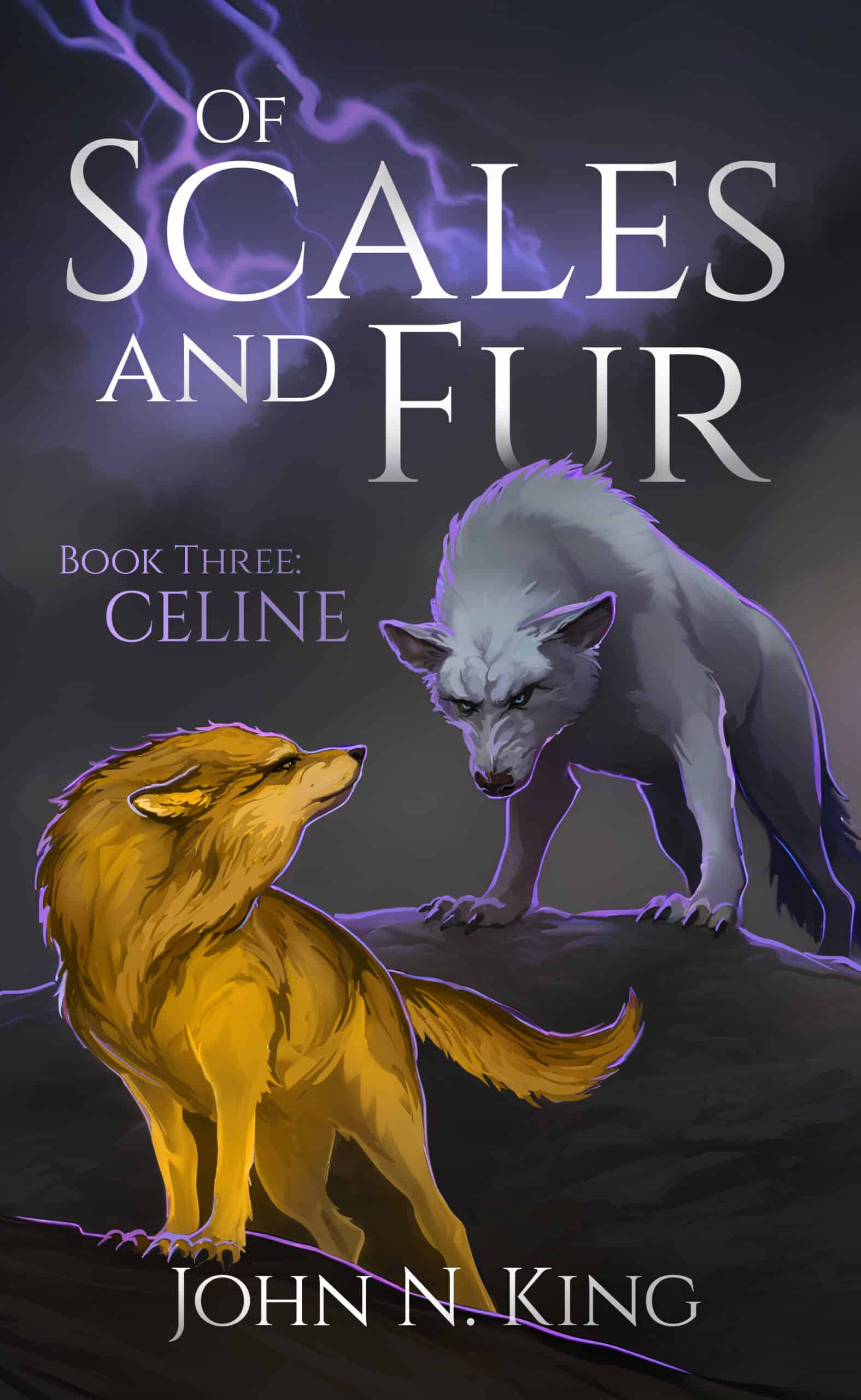
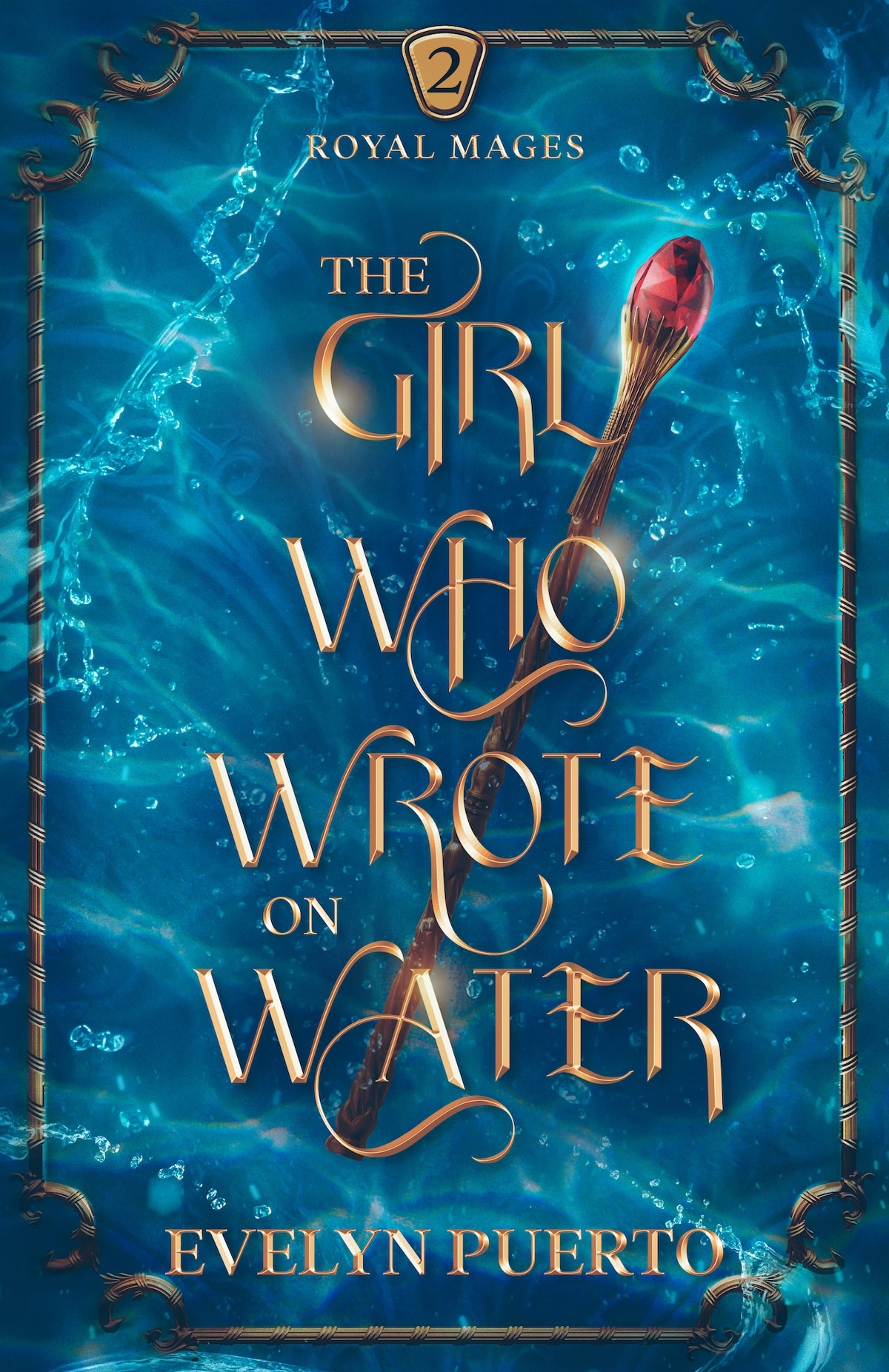
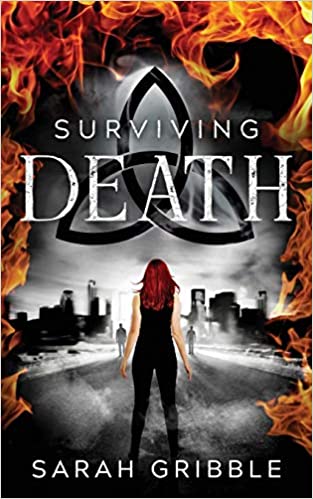
0 Comments